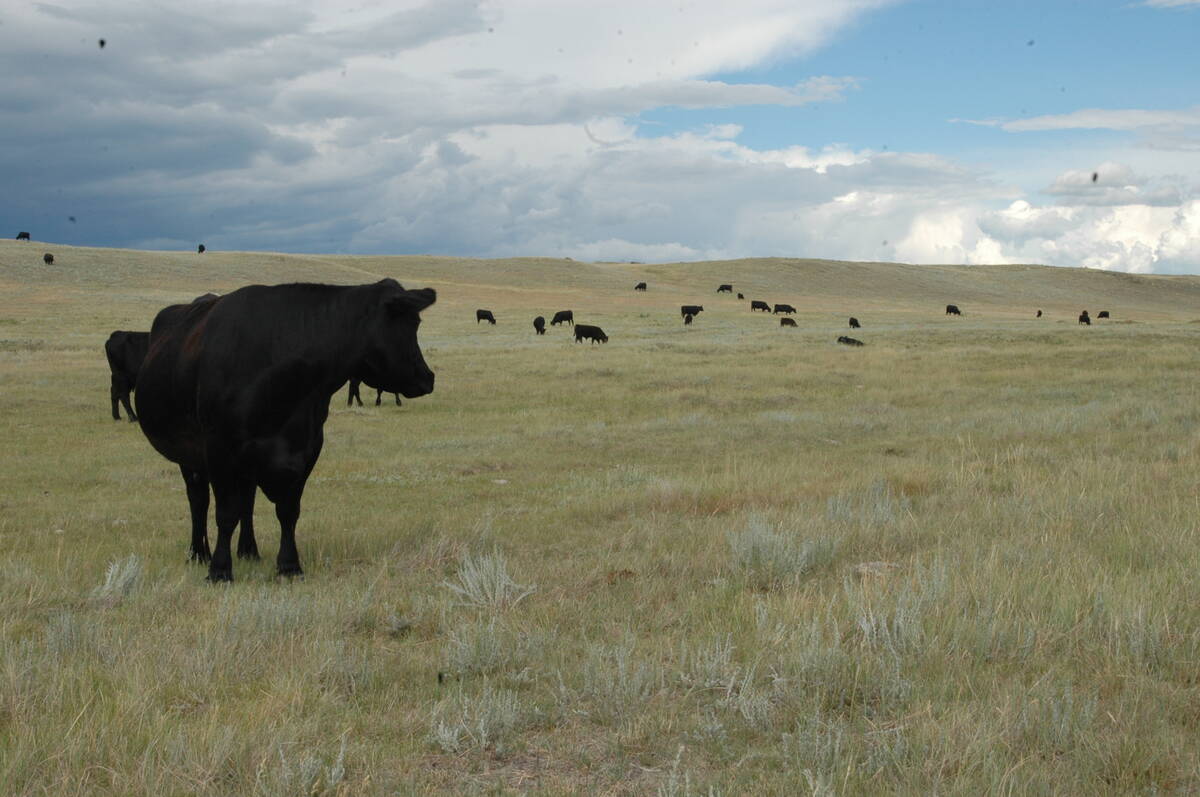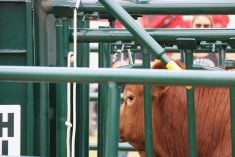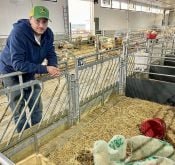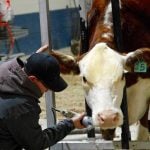SASKATOON – Cattle producers who find a high number of open and late cows should consider suspecting an old disease.
Vibrio has fallen off the radar over the past 20 years but it’s still a potential problem, said Leanne Van De Weyer, a graduate student at the Western College of Veterinary Medicine in Saskatoon.
She said vibrio, or campylobacter, was more common in the 1950s and early 1960s before vaccinations and artificial insemination got it under control.
The organism lives in the reproductive tract and can also cause mid-gestation abortions.
Read Also

Canadian Food Inspection Agency slammed for handling of bovine tuberculosis case
The federal government leans heavily on producers to “take one for the team” and risk their livelihoods without any reassurance of support.
Bulls are carriers but display no clinical signs of disease.
“Very few will clear the infection,” Van De Weyer told a recent beef and forage symposium.
“Females do clear infection once they’ve lost their pregnancy.”
They also have temporary resistance to re-infection for up to two years, she added.
“Females can be carriers for a short period of time.”
There is no clear evidence of bull-to-bull transmission.
Van De Weyer said it’s possible to miss a vibrio diagnosis because the presentation is almost identical to trichomoniasis.
Diagnosis involves testing the females’ vaginal mucous for antibodies to vibrio. High levels indicate they have been exposed to affected bulls.
Bulls should also be tested. Samples can be collected when they are semen tested.
Vaccination is an effective control method and Van De Weyer recommended a booster shot three to six weeks before each breeding season begins.
“If it’s too early, it won’t be effective,” she said.
Van De Weyer said more research is needed for detection in field samples and the use of antibiotics to treat vibrio.















